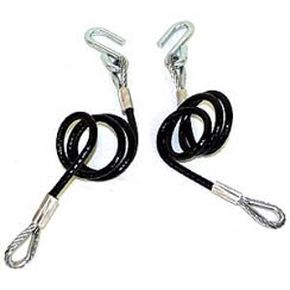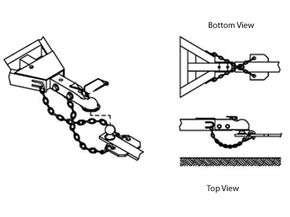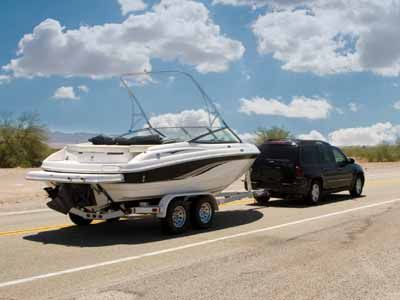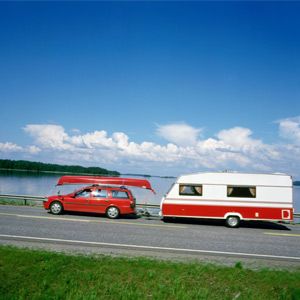If you're one of those people who always seems to end up on top -- your toast lands butter side up, you hit all the green lights on the way to work and your paper always smothers the other guy's rock -- you may not worry too much about the possibility of things going wrong. It's great to be optimistic, but there's also something to be said for being prepared.
Many people carry along a spare tire on long trips and keep an umbrella in the car in case it rains. Wherever there's risk, a good backup plan is called for. Towing should be no different. In the case of towing, that backup plan exists in the form of towing safety cables or towing chains.
Advertisement
If you're reading this article, then you probably already know the basics of towing. You know that the tow vehicle connects to the trailer with a trailer hitch receiver attached to a draw bar or ball mount secured with a locking pin. And you know that the ball on top of the ball mount, which determines the type of trailer you can tow, fits into the coupler on the trailer's tongue, the section of the trailer that reaches out to connect to the tow vehicle.
But if you're one of those butter-side-up people mentioned earlier, what you may not know is that towing safety cables and towing chains are just as vital as any other towing equipment. In fact, safety cables are required by federal law in most states.
The reason for this is simple: Nothing's perfect. Despite the best preparation, there's always the chance that some part of your towing setup could fail. If the trailer were to get disconnected from the tow vehicle's hitch somehow, you'd be looking at a huge mess. Loss of money, time and property would be the least of your worries -- you could also be endangering your life or someone else's. Learn how towing chains and safety cables could prevent such a disaster on the next page.
Advertisement



